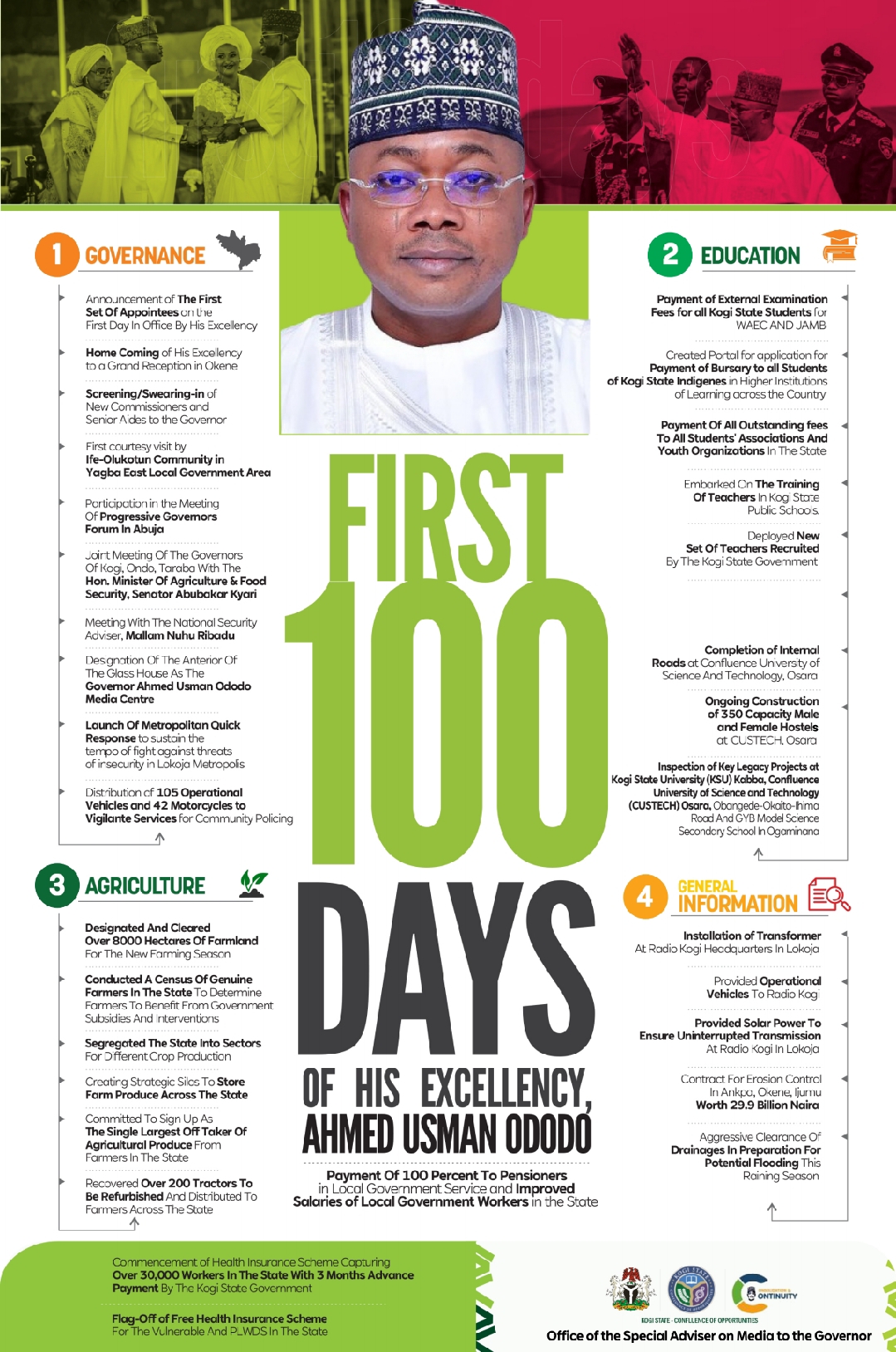
World Population Day:
“A world of 8 billion: Towards a resilient future for all – Harnessing opportunities and ensuring rights and choices for all”

Background:
This year 2022, the World Population hit a new interesting but somehow frightening land mark of 8 billion people, from 7 billion only 11 years earlier.
This growth rate is that highest since the we started keeping statistics.
According to the UN, 8 billion people means 8 billion opportunities for healthier societies empowered by rights and choices. But the playing field is not and has never been even.
Based on gender, ethnicity, class, religion, sexual orientation, disability and origin, among other factors, too many are still exposed to discrimination, harassment and violence. We do ourselves no favors when neglecting those left behind
It took hundreds of thousands of years for the world population to grow to 1 billion – then in just another 200 years or so, it grew sevenfold. In 2011, the global population reached the 7 billion mark, it stands at almost 7.9 billion in 2021, and it’s expected to grow to around 8.5 billion in 2030, 9.7 billion in 2050, and 10.9 billion in 2100.
This dramatic growth has been driven largely by increasing numbers of people surviving to reproductive age, and has been accompanied by major changes in fertility rates, increasing urbanization and accelerating migration.
These trends will have far-reaching implications for generations to come.
The recent past has seen enormous changes in fertility rates and life expectancy. In the early 1970s, women had on average 4.5 children each; by 2015, total fertility for the world had fallen to below 2.5 children per woman. Meanwhile, average global lifespans have risen, from 64.6 years in the early 1990s to 72.6 years in 2019.
Some facts from the UN DESA has stated:
• that since the middle of the 20th century, the world has experienced unprecedented population growth. The world’s population more than tripled in size between 1950 and 2020.
• During the period from 2000 to 2020, even though the global population grew at an average annual rate of 1.2%, 48 countries or areas grew at least twice as fast: these included 33 countries or areas in Africa and 12 in Asia.
• The life span of adults in the developed world has increased since the middle of the 20th century – the number of people reaching the age of 100 years has never been greater than it is today.
• Worldwide, the number of deaths relative to the size of the population has been declining since the 1950s, Over the next several decades, projections by the United Nations assume a continuing gradual decrease in age-specific mortality rates
IMPLICATION FOR NIGERIA AND KOGI STATE
As of 2022, Nigeria’s population was estimated at around 216.7 million. Between 1965 and 2022, the number of people living in Nigeria increased at an average rate of over two percent. In 2021, the population grew by 2.6 percent compared to the previous year. Nigeria is the most populous country in Africa. By extension, the African continent records the highest growth rate in the world (www.statistica.com)
The current population of Nigeria is 216,267,500 as of Tuesday, June 28, 2022, based on Worldometer elaboration of the latest United Nations data
Half of the population is aged under 19 years. People aged up to four years old made up the largest age group: 8.3 percent of males and eight percent of females were less than four years old. Similarly, children aged 5 to 9 years held the second largest share of population. On the other hand, people aged 60 years and older represented a small part of population, making it the youngest population in the world, which meant that even if we had replacement growth (each couple replacing itself), our population will still be growing 40-50 years from now!
The metropolitan area of Kano and Lagos is also among the largest urban agglomerations in the world
Okene is ranked the city with the highest population in Kogi State with an estimated 439,000 persons (www.staistica.com). This is followed by Dekina, Okehi, Adavi and Ofu. The assumption would have been that the public development in the State should focus on these areas to ensure that people living in those areas get a standard of living that is at best minimal for survival.
RECOMMENDATIONS GOING FORWARD
• It is crucial that as a nation and state that there must be a strategic policy on population and how we can take advantage of its for development.
Kogi State must immediately develop and strengthen its Population policy and integrate it into its states development agenda/plan
• There must be a strategy for arresting the population growth looking at the poor GDP growth and economic outlook of Nigeria and especially Kogi State.
• Agriculture, Health, Education and infrastructure must be priority in public expenditure to harness the potentials from our young population
• The era of wasteful expenditure on “white elephant” project and political jamborees must come to a stop and scarce resources must be put to the best use of our people
• Insecurity is a symptom of poor governance and as such Kogi State government must begin to provide a sense of responsible and inclusive expenditure of resources to show our people, especially the youths that government is responsive to their needs and yearnings
Thank you
___________________
HAMZA ALIYU
EXECUTIVE DIRECTOR


